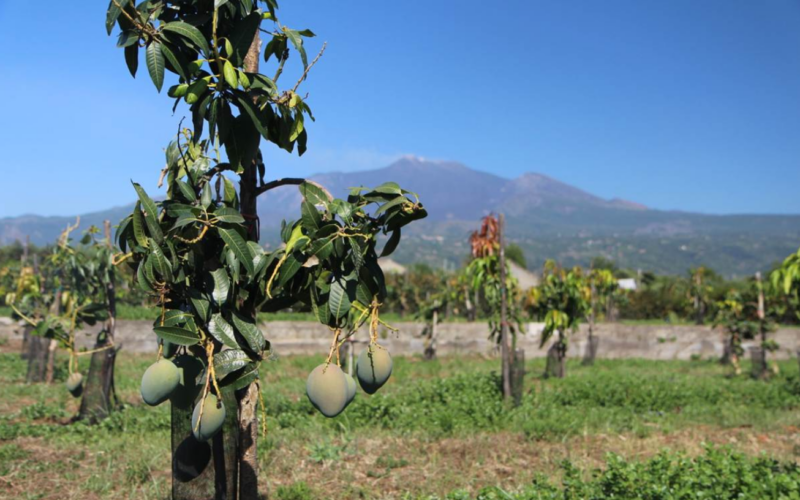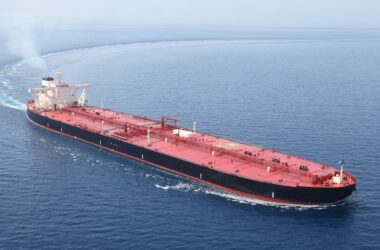Sicily, renowned for its fertile soil and rich agricultural heritage, is currently grappling with one of its most severe droughts in decades. This crisis has pushed the island’s farming traditions to the brink of collapse, as vast stretches of once-productive land are now turning into barren desert. The combination of rising temperatures, prolonged dry spells, and insufficient rainfall is threatening not only the livelihoods of thousands of Sicilian farmers but also the region’s centuries-old agricultural legacy.
Sicily’s climate has always been characterized by hot, dry summers, but recent years have seen these conditions intensify to alarming levels. The island, which has long been a vital hub for Mediterranean agriculture, is witnessing its fertile lands slowly being swallowed by desertification. According to local experts, this process is accelerating due to a combination of climate change and unsustainable farming practices.
The lack of water has had devastating effects on crops that have been cultivated in Sicily for generations. Olives, grapes, citrus fruits, and grains—the backbone of the island’s agricultural economy—are all suffering. Fields that were once lush with green crops are now parched and cracked, withering under the relentless sun. The once-abundant olive groves, for example, are yielding significantly less fruit, and what little is produced is often of poorer quality due to the harsh growing conditions.
For Sicilian farmers, the situation is dire. Agriculture has been the lifeblood of Sicily for centuries, with techniques and traditions passed down through generations. Now, many of these farmers are facing the heartbreaking reality that their way of life may not survive the current crisis. The economic impact is severe, with reduced crop yields leading to lower incomes, making it increasingly difficult for farmers to sustain their operations.
The consequences of this drought extend beyond the immediate challenges faced by farmers. The environmental impact is profound, as the loss of vegetation accelerates soil erosion, further degrading the land and making it even less hospitable for future agricultural use. This creates a vicious cycle where desertification feeds into itself, stripping the land of its ability to recover.
In response to the growing crisis, both local and national governments have begun to implement measures aimed at mitigating the effects of the drought and preventing further desertification. These efforts include investing in more efficient irrigation systems, promoting sustainable farming practices, and encouraging the cultivation of drought-resistant crops.








